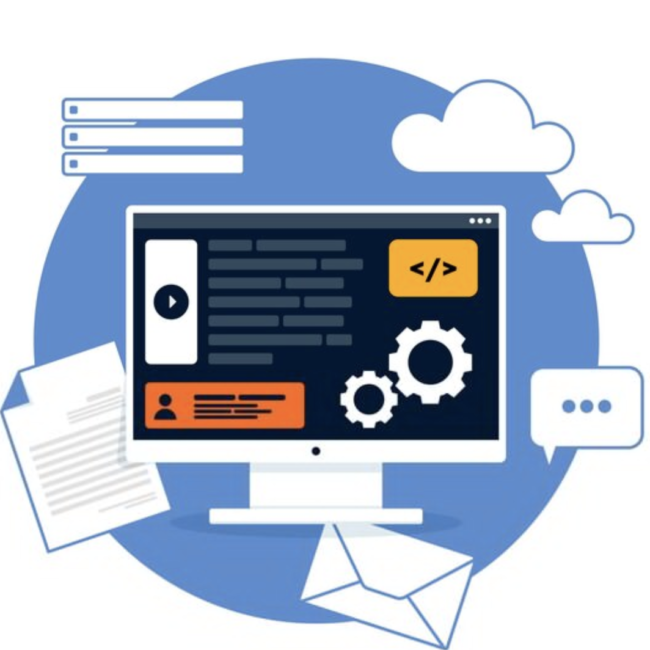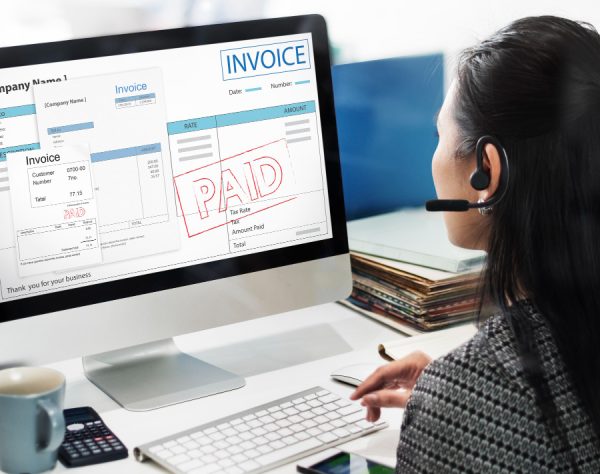
Optimize Financial Planning With NetSuite Amortization
In certain instances, businesses may opt to make payments in advance and record these transactions in the general ledger for future periods. NetSuite’s Amortization feature is designed to manage the general ledger impact of item purchases and expense charges across multiple future periods. Enabling the Amortization feature requires prior activation of the Accounting Periods feature. Once enabled, NetSuite automatically includes a default account of type Deferred Expense in the Chart of Accounts, as this account type is necessary for utilizing this feature.
To implement amortization for any expense, an Amortization template needs to be created. These templates specify how expenses from associated items and charges should be posted. They allow the selection of standard terms or customization, setting recognition periods, defining recognition start offsets, and establishing initial amounts to be recognized.

Amortizing costs for an expense involves associating an amortization template with the expense line item on the transaction record, while specifying a deferral account on either the account record or the used template.

Once vendor bills or credits are generated using amortization templates, the system generates Amortization schedules at the line level. These schedules detail items or expenses linked to amortization templates, indicating posting periods for expense recognition and the corresponding amounts to be recognized in each period.


Amortization schedules furnish the necessary data for amortizing expenses, necessitating the generation of an Amortization Journal entry to post expenses to the general ledger. This step remains essential even in cash basis reporting.

NetSuite offers several reports for amortization:
- Amortization Forecast Summary
- Amortization Forecast Detail
- Deferred/Capitalized Expense
- Deferred Expense Waterfall Summary Report
- Deferred Expense Waterfall Detail Report
- Deferred Expense Rollforward Report









